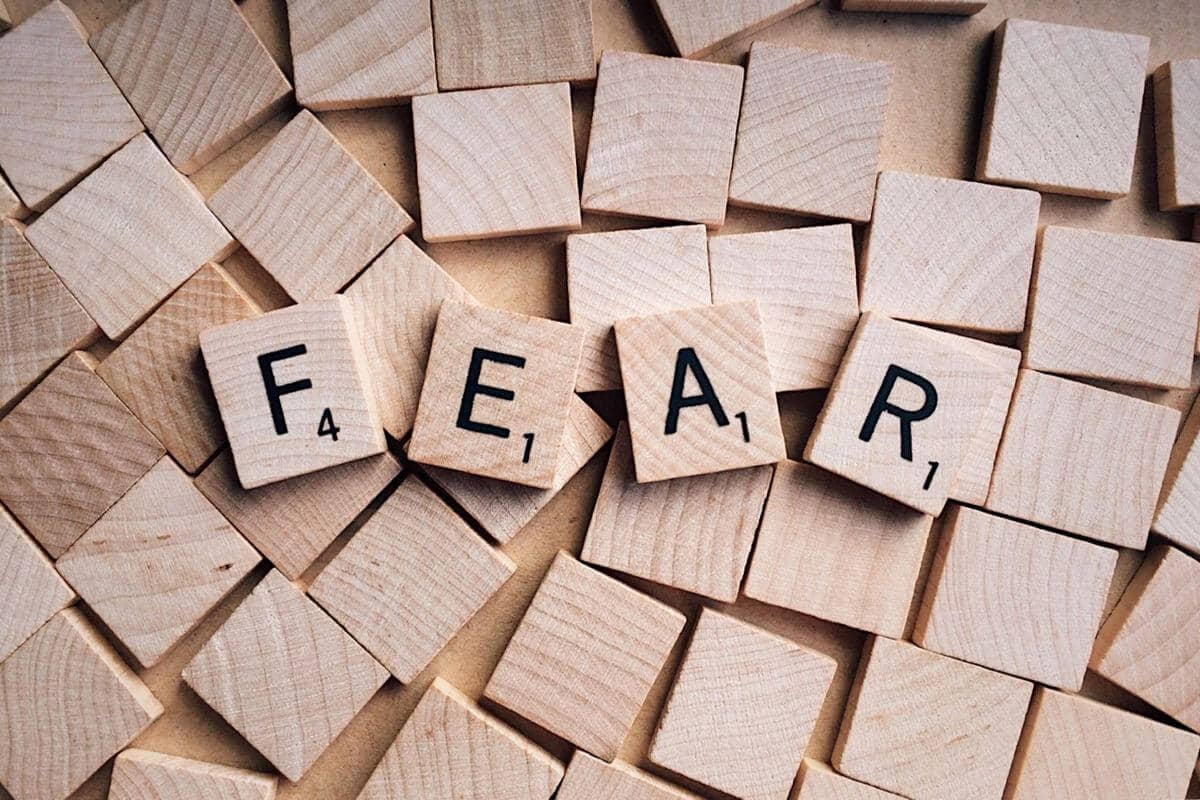“Will I be able to do this and will someone else not take advantage of me if I make myself vulnerable and admit my mistakes?”
People are afraid of colleagues and afraid of vultures in middle management. They are afraid of aggressive career‐makers who want to rocket up the corporate ladder leaving the bodies of their colleagues in their wake. Indeed, many people strive for power. It’s in our nature just as the pecking order in the hen house, the alpha male, and the hierarchy in a group of gorillas. And how do we gain power? How do we move higher up in the hierarchy? By being stronger or smarter than everyone else. By preying on the weakness of others.
3 Examples
1. We see them everywhere on Saturday mornings. The fathers fanatically ’coaching’ their little ones to become the new Lionel Messi. They stand at the sidelines screaming and yelling at their little ’novice’ or ’star’ every time their pride and joy don’t kick the ball hard enough. “Try a little harder, come on, how is that possible?” At that moment, the little boy just wants to run and hide. Didn’t he just come to have a little fun playing soccer? Unfortunately, after a while, you will often see a little pair of soccer shoes hung up, permanently. Twenty years later, the little boy ends up in the workforce. Where he was raised, there was little tolerance for making mistakes. And, then, he suddenly has to be open to “improvement.” He has to smile and practically cheer when someone comes to tell him he’s made an error. He is supposed to find it fantastic that all mistakes are recorded and that they are even statistically analyzed. Not so easy...2. A second example that fits this context is that of bullying. At school, it always seems to be that the bullies pester those kids who are somehow different. They focus their attacks precisely on those children who somehow respond in one way or another to the bullying; through aggressive behavior, emotional reactions like crying, etc. It is the children who show that it affects their weaker side that is often abused. A child who is totally unresponsive and ignores the bully is soon left alone and the bully goes in search of another victim who will respond, so they can continue their power games.
3. “Boys don’t cry.” Three little words have ensured it would take generations before men would finally dare to show their emotions in public.
Three examples with a common thread running through them. Each example is about the desire for power and hierarchy. The strong versus the weak.
The father in the first example wants to harden his son and arm him against the enemy lying in wait by placing extremely high expectations on him and proclaiming him, as it were, the best. “You must be the best and cannot make any mistakes.” The fathers that roar the loudest often do this because they associate their son’s failures with themselves. They consider them their own. The bully in the second example does nothing more than poke at the weaknesses of his victims. He tests to see how he can affect them and when he sees that it is working, he relishes in his power. And finally, boys do not cry because it is a sign of weakness. If you make yourself vulnerable, the vultures will swoop in.
How can we best deal with this fear of an abuse of power? And more importantly, how do we eliminate this fear?
By working from a solid foundation of trust and clearly communicating that the apprehensions are unfounded.
The only way to remove someone’s fear is to build a solid foundation of trust. We dare to open up and be ourselves around people we fully trust. We dare to expose ourselves and have less difficulty acknowledging and admitting our mistakes. Here lies one of the most important keys to successful improvement management. Create an organization where people can trust each other.
As we all know, management is an important role model. They must demonstrate to their organization that they fully support this approach. But this is not enough. With change management, you also need to explain to the people what will happen, how it will happen, and, above all, why it should happen. Keep in mind that this communication must be provided right from the start. If we cannot win the people’s trust, we may never get a second chance. And when trust is lost, it is very difficult to recover.
%20(1).webp?width=2000&name=two-happy-businessman-working-laptop%20(3)%20(1).webp)



